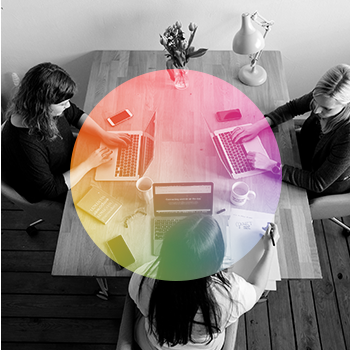
How to Make Meetings Better
Despite being a society obsessed with optimizing for efficiency, maximizing our productivity, and making the most of our time, we have so tightly clung to keeping one daily office routine the same: meetings.
When I was a child, my favorite mug was one of Scooby Doo sighing, falling asleep, looking annoyed, and then going a bit crazy as the clock beneath him ticked on for hours. At the front it said "Will this meeting ever be over?”... yikes. The mug is nearly 30 years old, which may not seem like long, but in that time we’ve gone from the Blackberry to the IPhone, desktops to laptops, MapQuest to GPS, and gas vehicles to electric, literal SELF-DRIVING cars. Even a global pandemic, completely changing the landscape of work, couldn’t improve how we approach work meetings (despite making them primarily virtual).
Even with all the return-to-office mandates, the default is still meeting virtually. Despite return-to-office efforts, virtual meetings rose from 8.3 per week (2021) to 10.1 (2023).1 And to no surprise, meetings are even less engaged, more of a time suck, and less productive. Employees on mute, cameras off, multitasking, completely mentally checked out, and relying on an AI transcription to tell them who said what and what to action. Is this really the future of work?
It’s not that meetings are inherently bad, it’s that they’ve become the junk drawer of collaboration. Throw everyone together, let a few people present, talk back and forth, and hope something sticks. They are especially negative for younger or remote workers who may not feel connected enough to speak up, or confident that their ideas will be heard. So they stay quiet, or just skip the meeting altogether.
So how do we innovate something that we seem so attached to keeping the same? We prioritize what we so often ignore: our bodies and our energy. Because improving meetings doesn’t start with us scrapping them all together, or finding some new AI tool to fix them for us, it starts with finding a way to connect on a human level, even virtually (because sometimes simple is best). Expanding trust, shared attention, and a sense that what you say matters. We can’t get there without rethinking how we create that energy.
As we’ve become more engrained with tech, our attention spans have dwindled down from 2.5 minutes in 2004, to just 40 seconds in the last 5 years.2 63% of office workers report having attention spans of 45 minutes or less before they begin to get bored or distracted; this compares to 68% for virtual meetings.3 Note that these attention spans were self-reported, something humans are usually not great at, so the amount of time before being distracted is most likely even shorter. Especially given that “9-to-5 employees are interrupted every two minutes by meetings, emails and other pings…and this ‘isn’t taking into account if you have WhatsApp open or if you have Spotify or YouTube open’” according to Alexia Cambon, senior research director at Microsoft.4
Our attempt at innovation through AI transcription and meeting summarization has certainly only increased our willingness to be distracted in meetings, believing that we no longer need to fight the distraction, but lean into it. One in four employees (76%) say they get more distracted when on video calls vs. in-person meetings; 84% for 18-24 year old employees as well as 25-34 year old employees.3 When you’re distracted you can’t be engaged and instead of trying to focus, participate, and avoid that third email that just popped up in the last 30 seconds, people (72%) are turning their cameras off to hide their distractions.3
But not all of the blame can be placed on employees. Sure, it should be expected that employees keep their cameras on and keep their phones down, but we also aren’t designing meetings to make people want to do those things.
On top of the rise in distractions, “no-participation rates” in meetings are increasing, even in small groups. No-participation rates are the percentage of people who remained muted for the entirety of a meeting (note that this does not factor in someone who only says “hi” at the beginning of the meeting but otherwise stays muted, so the rates are likely much larger).1 In 2023, this rate was 7.2% for small group meetings, up from 4.8% in 2022.1
Ideally, small group meetings would have the highest participation rates, where people feel comfortable to strategize and share ideas openly. But despite only meeting with a small team, employees are still not up to participating.
Low camera usage and dwindling meeting participation rates are correlated with retention rates. “Employees who would leave their organization within one year of the sample period (attrition group) enabled their cameras in 18.4% of small group meetings, compared to 32.5% for those who stayed (retention group). Similarly, the attrition group showed considerably higher rates of no-participation in small group meetings (9.6%) compared with the retention group (7.1%).”1
Employees are also experiencing high stress levels when facing back-to-back meetings with no breaks. When meetings occur with no break in-between, stress accumulates and makes each subsequent meeting harder to focus in and engage with.9 Stress levels also spike in between meetings, as employees know they are going to need to quickly switch their brain to another task.9
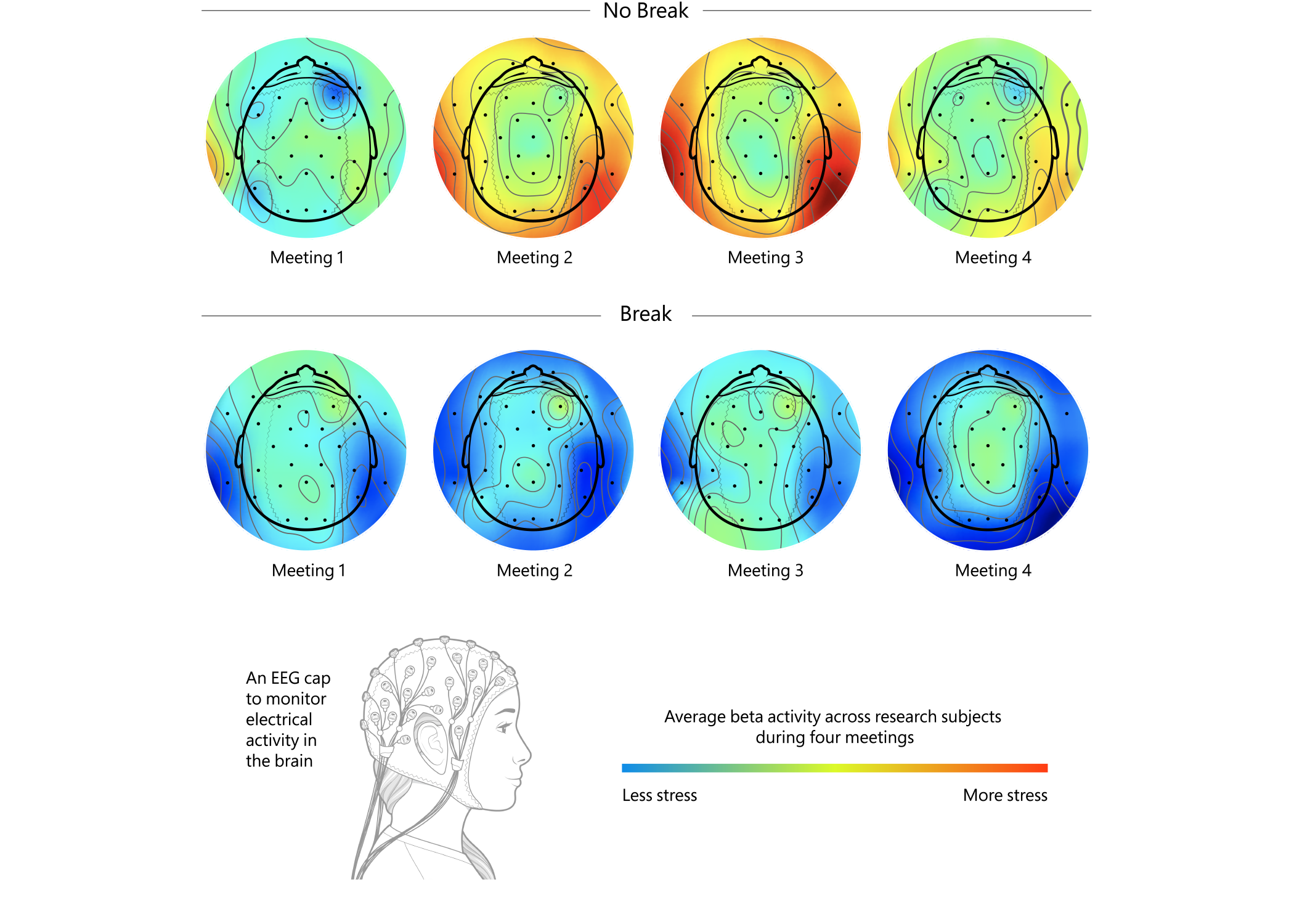
Photo credits: Microsoft WorkLab. (2021, April 20). Research proves your brain needs breaks.
Microsoft. https://www.microsoft.com/en-us/worklab/work-trend-index/brain-research
Return-To-Office is Not a Quick Fix
Even with return-to-office mandates and an increase in in-person meetings, remote meeting “etiquette” is following employees to the office.
“More than three quarters of employees (78%) believe that etiquette in real-life, in-person meetings and in the office has become worse since the onset of the pandemic because people are used to video calls while working from home. As more companies do yet another push to reopen offices and prompt employees to show up, these remote work habits will be even harder to break. This phenomenon is worsened by remote work as employees look at their phones more in meetings (64%), pay less attention during meetings (45%), and don’t present well in how they dress for work from home (44%).”3
Meetings are a necessary part of collaborative work, but we need to be innovating them for our changing workspace landscape. The future of work has shifted and is still shifting but as we’ve moved forward we’ve left behind our brains and bodies in exchange for more tech tools that do our thinking, reading, and paying attention for us. It’s time to bring them back.
Are Meetings Worth What They Cost?
Engaging meetings are a massive aspect of company culture, retention, and job satisfaction. They can seriously impact how employees perceive their manager and team’s respect of their time and ideas. And when we don’t encourage people to participate, it signals that we may not value their input or their time.
When team members feel like they aren’t valued, they can engage in “surface acting” or faking engagement and “managing emotions by expressing the 'right' one, even though you may be feeling the opposite.”5 This can lead to an accumulating lack of trust, burnout, resentment, and ultimately, a resignation. “Long term effects were also measured three months on…participants who indicated higher surface acting had higher emotional exhaustion (or burnout) scores.”5

And all of these meetings come at a cost, even beyond the cost of employees that are burnt out, distracted, and feeling under valued.
The unseen cost of meetings:
- An organization of 5,000 employees spends a total of roughly $320 million a year on meetings.6
- Nearly 6 of 18 hours spent in weekly meetings are unproductive, costing employers on average $25,000 per employee or $101 million per year.6,7
- Of the 11 million meetings taking place daily, one-third are unproductive, leading to a cost of over $37 billion.8
We must ask ourselves, when nearly half of the average work week is spent in meetings, how can we be making them more engaging, collaborative, effective, and efficient? How can we design our workdays to allow for both meetings and focus time?
Bringing Our Bodies and Minds BACK to Meetings.
Enough with the negatives; how DO we innovate meetings to be more productive, collaborative, and engaging? By moving our bodies, and clearing our minds.
“Our research shows breaks are important, not just to make us less exhausted by the end of the day, but to actually improve our ability to focus and engage while in those meetings.” Michael Bohan, senior director of Microsoft’s Human Factors Engineering group
When we give employees time to take a microbreak during or in-between back-to-back meetings, their stress levels drop while focus and engagement rise.9 These breaks not only reduce the amount of stress, but stop the accumulation of stress that can lead to burnout, trouble focusing, and trouble recovering even when returning home for the day.
When meeting participants took a microbreak in between meetings, “brainwave patterns showed positive levels of frontal alpha asymmetry, which correlates to higher engagement during the meeting. Without breaks, the levels were negative, suggesting the participants were withdrawn, or less engaged in the meeting. This shows that when the brain is experiencing stress, it’s harder to stay focused and engaged.”9
Breakthru is a circuit breaker for stress, anxiety, and the monotonous status quo of our daily meetings. Beginning or interrupting a meeting with an immersive movement microbreak brings meeting-goers a moment of joy and surprise in their workday. A positive interruption like Breakthru brings a multitude of benefits to a meeting, not limited to just reducing stress and improving engagement. “Individuals exposed to [helpful] interruptions generated 58% more ideas than their uninterrupted peers in the three weeks following the disruption. This boost in creativity is attributed to continued thinking about work and maintaining work goals during the interruption, which enables idea incubation.”10
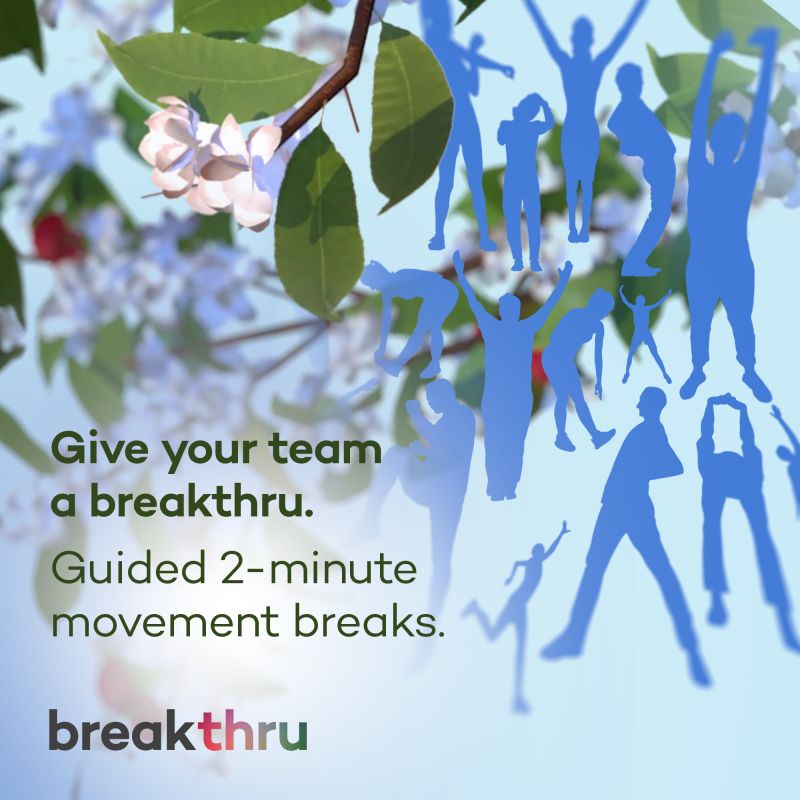
Breakthru Makes Meetings Better.
Adding a microbreak to the middle of a long meeting not only increases focus, energy, and our ability to take in and retain information more effectively, it also has a profound impact on our mood, stress levels, and ability to cooperate and collaborate with our team.
In her book, The Extended Mind: The power of thinking outside the brain, Annie Murphy Paul makes the case for moving in sync with others to get our minds active and on the same page. "Behavioral synchrony- coordinating our actions, including our physical movements, so that they are like the actions of others- primes us for what we might call cognitive synchrony: multiple people thinking together efficiently and effectively... Moving in sync makes us better collaborators. Why would that be? On the most basic level, synchrony sends a tangible signal to others that we are open to cooperation, as well as capable of cooperation.... synchrony appears to initiate a cascade of changes in the way we view ourselves and others."11
This increase in cooperation can help improve the surface acting and no-participation rates we currently see in meetings by creating an environment of cohesion, exhibiting that we are all on the same page and working towards the same goal. Especially given synchronous movements create a more positive social climate, bring feelings of vitality and boost the ability to work harmoniously in teams. It may even produce positive emotions that weaken the psychological boundaries between the self and the group.12
Microbreaks that involve breathing and movement bring focus, regulate our body, and create a sense of calmness. With lower cortisol levels, improved mood, and reduced heart rate and anxiety, we can think more clearly, interact with others more confidently and more cooperatively, and enjoy our surroundings.13,14
Thus, beginning a meeting with a microbreak (virtually or in person) can signify to our minds that we are connected to those around us and can productively work together as a team and not just as individuals.

Tips for Better Meetings with Breakthru
- Start with a Microbreak to reset focus and energy and get ready to learn.
- Move in Sync: Choose to take the same microbreak before collaborative meetings to increase teammate trust and cooperation.
- Take a Microbreak to Breakthru mid-meeting slumps: reset your mind in between major meeting transitions, or take one every hour during long meetings.
- End Meetings with a Microbreak: Help your team transition back to work while giving their minds down time to synthesize information from the meeting.
Better meetings start with better energy and Breakthru helps teams show up fully present, connected, and productive.
- Gallo, A., & Harter, J. (2024, June). Hybrid work has changed meetings forever. Harvard Business Review. https://hbr.org/2024/06/hybrid-work-has-changed-meetings-forever
- American Psychological Association. (n.d.). Why our attention spans are shrinking and what we can do about it [Podcast episode]. In Speaking of Psychology. https://www.apa.org/news/podcasts/speaking-of-psychology/attention-spans
- Showpad. (2023, November 14). 76% of employees get more distracted on video calls vs. in-person meetings. https://www.showpad.com/press/76-of-employees-get-more-distracted-on-video-calls-vs-in-person-meetings
- Ray, S. (2025, May 19). Microsoft says employees are interrupted every two minutes. CNBC. https://www.cnbc.com/2025/05/19/microsoft-says-employees-are-interrupted-every-two-minutes.html
- Fradera, A. (2013, November 28). Not getting much out of meetings? You may be masking your feelings too much. Research Digest. British Psychological Society. https://www.bps.org.uk/research-digest/not-getting-much-out-meetings-you-may-be-masking-your-feelings-too-much
- Cerullo, M. (2022, September 30). Unnecessary meetings can cost big companies $100 million a year, report finds. CBS News (MoneyWatch). https://www.cbsnews.com/news/unnecessary-meetings-cost-big-companies-100-million-annually/
- Bloomberg News. (2022, September 26). Are meetings a waste of time? Pointless plans cost big companies $100 m. Bloomberg. https://www.bloomberg.com/news/articles/2022-09-26/are-meetings-a-waste-of-time-pointless-plans-cost-big-companies-100m
- Baer, D., & De Luce, I. (2019, June 6). $37 billion are lost every year on these 12 meeting mistakes. Business Insider. https://www.businessinsider.com/37-billion-is-lost-every-year-on-these-meeting-mistakes-2014-4
- Microsoft WorkLab. (2021, April 20). Research proves your brain needs breaks. Microsoft. https://www.microsoft.com/en-us/worklab/work-trend-index/brain-research
- Schweisfurth, T. G., & Greul, A. (2024). Unexpected Interruptions, Idle Time, and Creativity: Evidence from a Natural Experiment. Organization Science, 35(1), 116–137. https://doi.org/10.1287/orsc.2023.1660
- Paul, A. M. (2021). The extended mind: The power of thinking outside the brain. Houghton Mifflin Harcourt.
- Andersen, L.L., Skovlund, S.V., Vinstrup, J. et al. Potential of micro-exercise to prevent long-term sickness absence in the general working population: prospective cohort study with register follow-up. Sci Rep 12, 2280 (2022). https://doi.org/10.1038/s41598-022-06283-8
- Balban, M. Y., Neri, E., Kogon, M. M., Weed, L., Nouriani, B., Jo, B., Holl, G., Zeitzer, J. M., Spiegel, D., & Huberman, A. D. (2023). Brief structured respiration practices enhance mood and reduce physiological arousal. Cell reports. Medicine, 4(1), 100895. https://doi.org/10.1016/j.xcrm.2022.100895
- Ma, X., Yue, Z. Q., Gong, Z. Q., Zhang, H., Duan, N. Y., Shi, Y. T., Wei, G. X., & Li, Y. F. (2017). The Effect of Diaphragmatic Breathing on Attention, Negative Affect and Stress in Healthy Adults. Frontiers in psychology, 8, 874. https://doi.org/10.3389/fpsyg.2017.00874
Breakthru in the World
Request a demo to learn how teams stay sharper, healthier, and more connected with Breakthru
See how science-backed, 2-minute microbreaks can boost focus, motivation, and resilience for your organization.
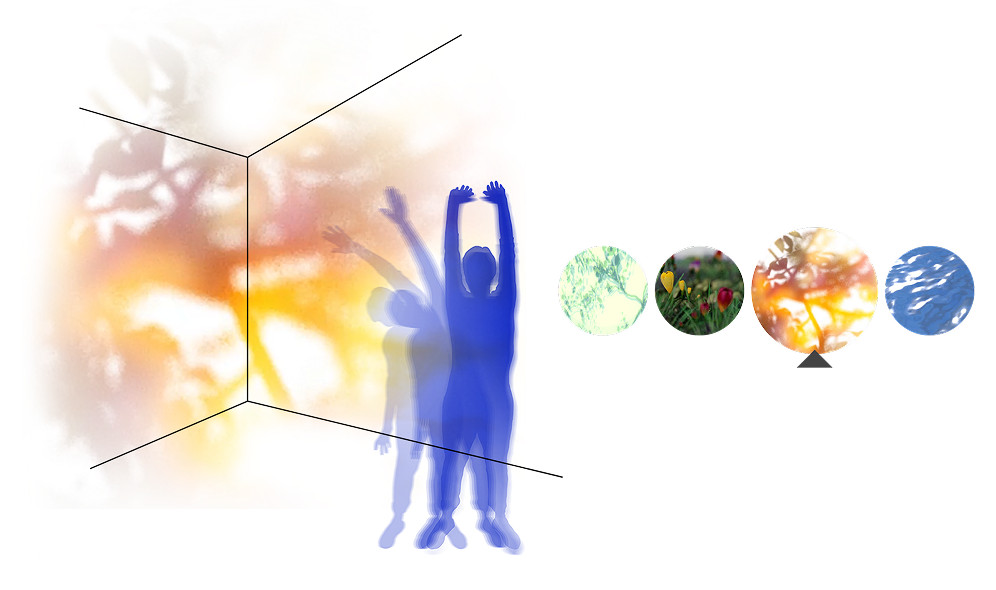
Join the
45,000+
corporations, educational
communities, and non-profits
worldwide using Breakthru.

